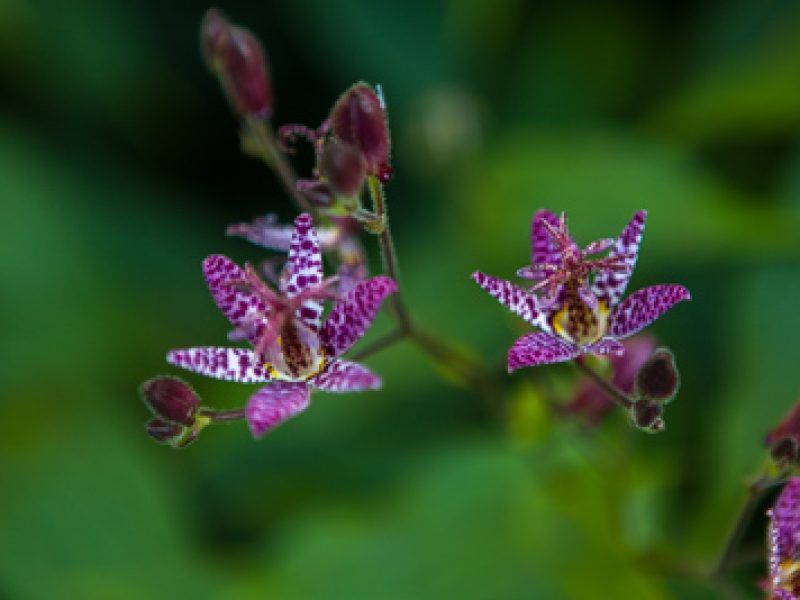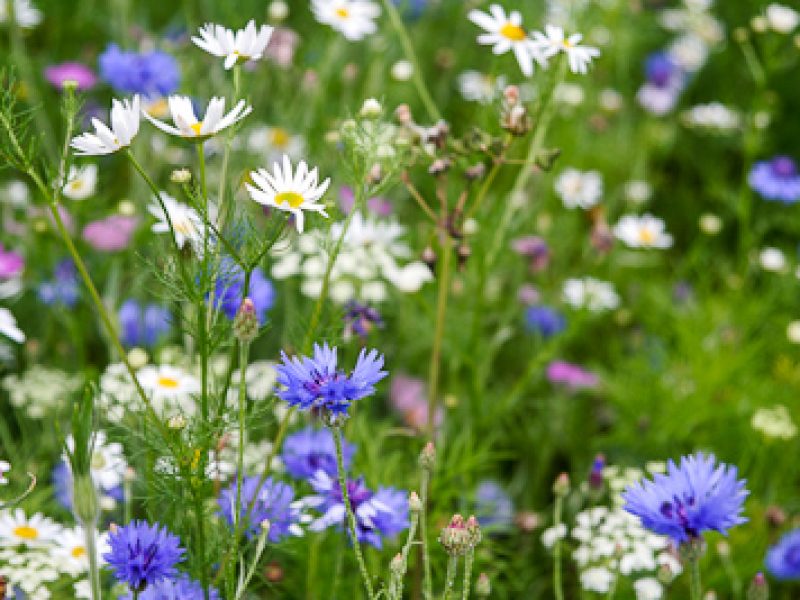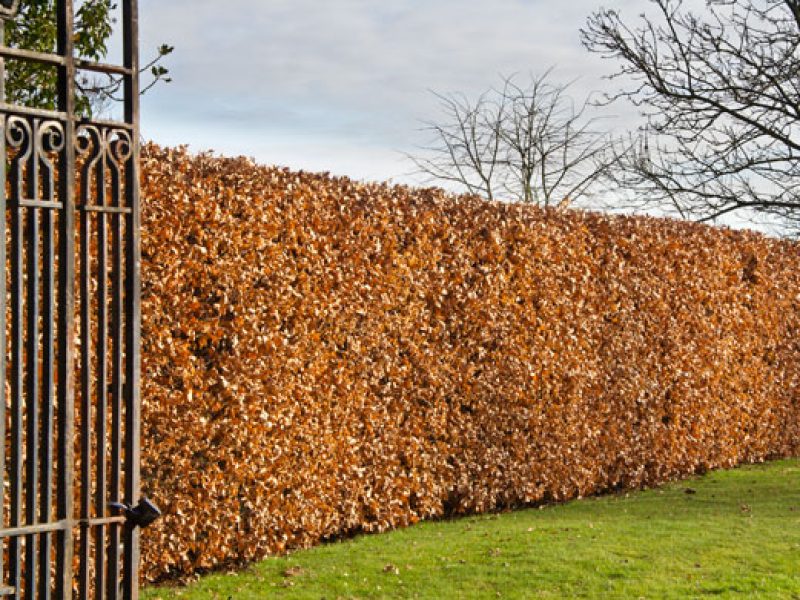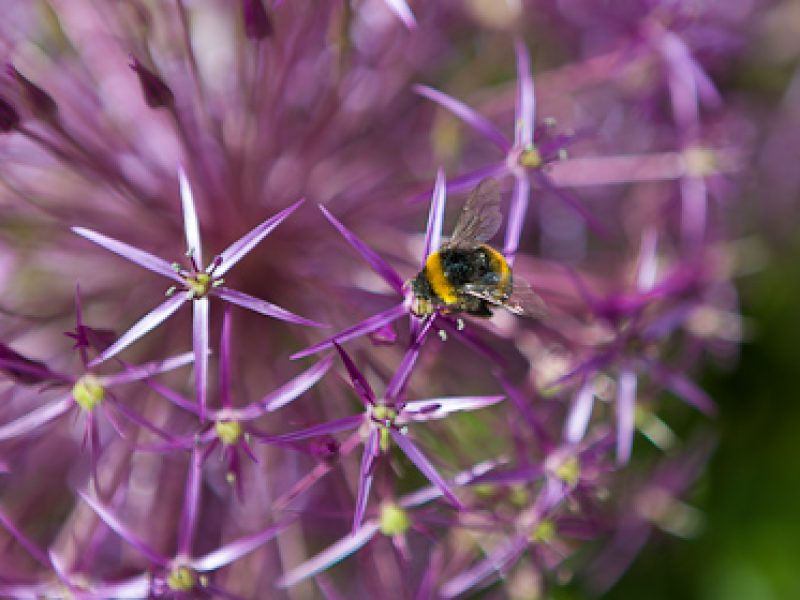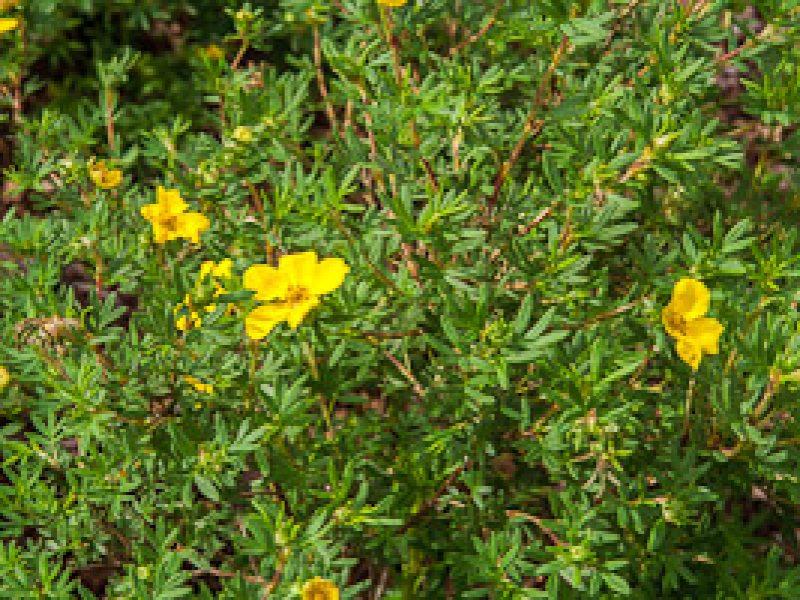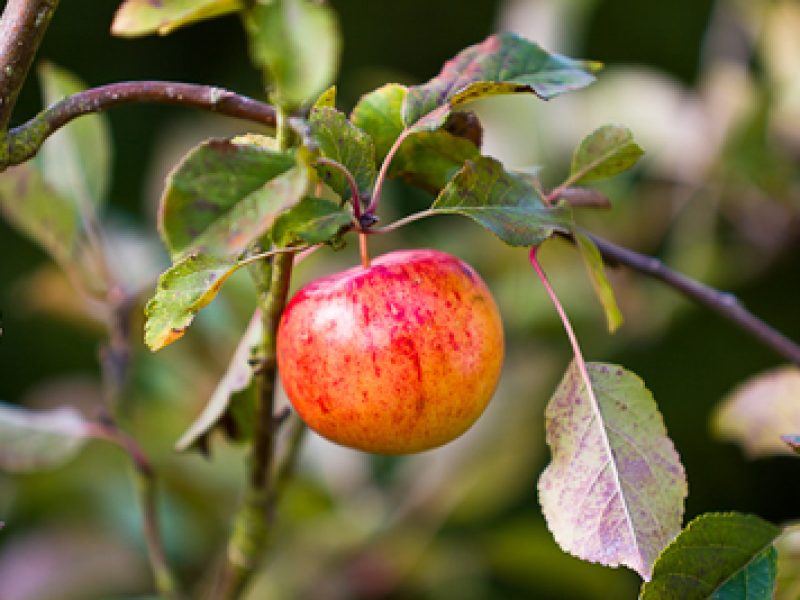I’m currently working with a pre-school nursery group to create a wildlife garden for the children to enjoy and learn from. Along with a living willow tunnel, a cosy seating area and raised beds where the children can grow flowers and herbs, I have designed in a number of features to help attract wildlife in to the garden.
Wildlife-friendly gardens have so many benefits – both aesthetic and practical. There’s no doubt that it’s a real pleasure to spend time in a garden that’s full of bees, butterflies and birds, but the benefits are greater than that. The wildlife you attract will also be carrying out a useful function in keeping your garden healthy – whether that’s by pollinating plants or by eating slugs!
If you’d like to attract wildlife into your garden, here are a few simple ideas to get you started:
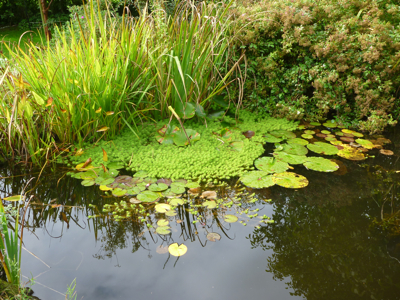
Have a pond – no matter what size you go for, a pond will be the most effective way you can attract wildlife to your garden. If you have the space and can build a pond with sloping edges or routes in and out of the pond, then all the better. Whatever size you go for, you will be able to attract a wide range of aquatic and amphibious species. Fish in small ponds are not a great idea from a wildlife perspective as they will feed on aquatic larvae and reduce levels of biodiversity. If you don’t have space for a pond, you could add a small water feature such as a large container with oxygenating plants to keep the water clear. Or even just having a bird bath will make an impact.
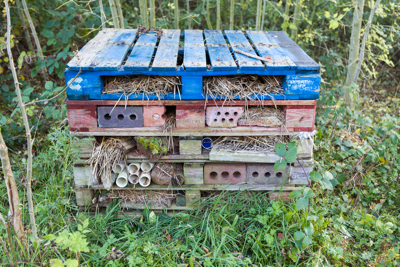
Build an insect hotel. This could be as simple as a bunch of hollow flower stems or bamboo canes tied together and left somewhere dry – or go the full Monty and build a bigger construction of old pallets with an array of nooks and crannies for insects to shelter in over winter. The pallet look won’t be for everyone, and if it doesn’t appeal to you it’s easy to make (or buy) a small insect hotel.
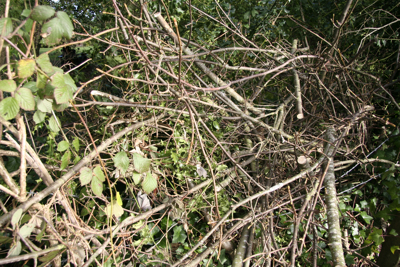
Design in an area of the garden where you can be untidy (unless that’s your natural tendency anyway in which case you can just tell everyone you’re being wildlife-friendly!). If you’ve got a very neat garden and the thought of being untidy appals you, maybe you can screen off a corner where you can let nature take its course a bit – a patch of nettles, leaves left on the ground, a pile of old logs, wild flowers left to grow. Before long you’ll find all sorts of species of wildlife moving in.
Have areas of long grass. Whether you go as far as a full-on wildflower meadow, or just leave parts of your lawn to grow longer, you’ll be creating another habitat for wildlife to enjoy.
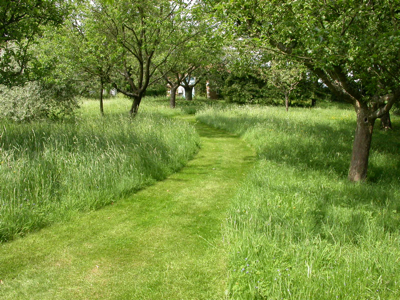
Plant species which provide a food source for birds and insects – whether that food is nectar, seeds or berries. And have a range of plants to provide food all year round, not just through the summer.
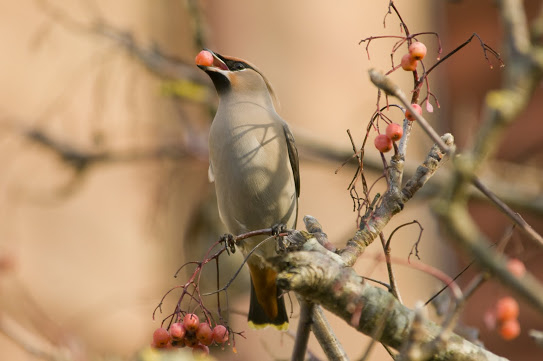
Leave seedheads through the winter rather than cutting everything down. And if you have open compost bins you’ll be providing a source of food for slowworms, hedgehogs and amphibians.
Think ahead when designing your garden so that you have safe places to hang bird feeders (and nesting boxes). There’s such an array of bird-friendly products available these days it can be hard to know where to start, but there’s no shortage of good information on the internet. Check out the RSPB website.
Go easy on the hard landscaping and have lots of varied planting in order to attract the maximum number of wildlife species (for both food and shelter). Include mixed hedges and climbing plants as well as a good range of perennials and grasses. And talking of climbers, even though it’s the bane of many people’s lives, think about planting ivy. It’s a great nesting plant for birds, and provides nectar in autumn and berries in winter, so don’t discount it!
If you’d like help designing your garden specifically to maximise its potential to attract wildlife, then please get in touch.
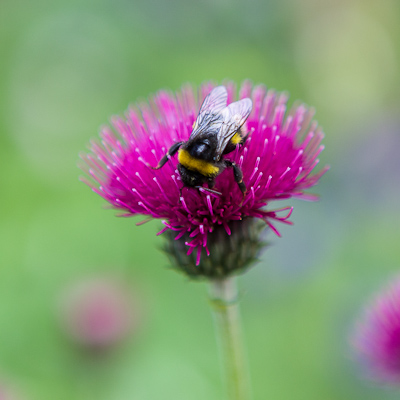
Picture credits : Janet Bligh / www.firgrovephotography.co.uk / Mike Jennings

